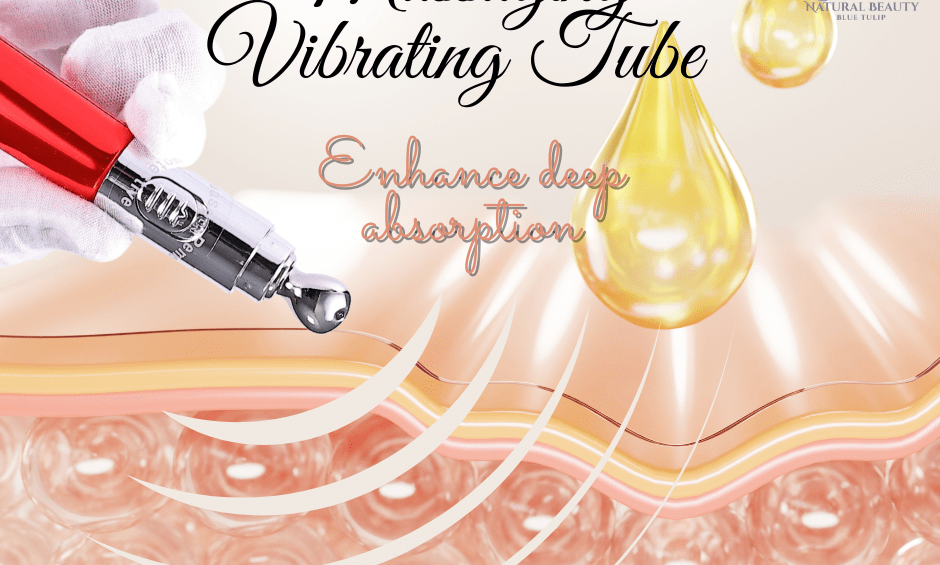Anti-Aging Benefits of Facial Massage: How to Keep Skin Firm and Radiant

Facial massage is a centuries-old skincare ritual that continues to gain popularity for its profound effects on delaying visible signs of aging. Moreover, beyond serving as a relaxing self-care practice, it has a strong scientific and physiological basis for improving skin health, elasticity, and tone.
How Facial Massage Affects Aging Skin
To begin with, facial massage boosts blood circulation, which in turn enhances oxygen and nutrient delivery to skin cells. As a result, this improved circulation stimulates collagen and elastin production—key proteins responsible for maintaining firmness and elasticity. Over time, this process helps reduce the appearance of fine lines and wrinkles, leaving the skin looking plumper and more radiant. Furthermore, regular massage supports lymphatic drainage, helping remove excess fluids and toxins that cause puffiness, particularly around the eyes. Consequently, this detoxifying effect refreshes dull or tired skin while minimizing inflammation and swelling.
Psychological and Muscular Benefits
Equally important, facial muscles often retain tension from stress or repetitive expressions like frowning or jaw clenching. Since chronic tension can deepen wrinkles and cause facial asymmetry, gentle, rhythmic massage helps relax these muscles, softening expression lines and improving facial harmony. In addition, it promotes a sense of relaxation, which in turn helps lower cortisol levels—an indirect benefit for maintaining skin health and preventing premature aging.
Enhanced Skin Product Absorption
Another significant benefit of facial massage is that it improves product absorption. When serums, oils, or moisturizers are massaged into the skin, their active ingredients penetrate more effectively into deeper layers. Additionally, the warmth and friction from massage movements slightly increase skin permeability, allowing anti-aging ingredients like vitamin C, retinol, and peptides to work more efficiently.
Collagen Stimulation and Cellular Renewal
As the skin ages, collagen production naturally declines, leading to a loss of volume and firmness. However, facial massage stimulates fibroblasts—the cells responsible for collagen production—thereby supporting stronger and more resilient skin structure. Over time, this stimulation can visibly reduce the depth of wrinkles and encourage new cell growth, improving both skin texture and tone. In essence, regular massage acts like a “workout for the face,” training the skin to stay taut and youthful.
Improved Skin Tone and Detoxification
Similarly, consistent facial massage encourages gentle exfoliation and cell turnover. By removing dead cells and boosting microcirculation, it enhances brightness and evens out skin tone. Moreover, it detoxifies the skin by promoting waste elimination through improved blood flow and lymphatic activity. Therefore, this results in clearer skin and fewer blemishes—all of which contribute to a more youthful, radiant appearance.
Best Practices
For visible anti-aging benefits:
• Massage your face 3–4 times per week for 5–10 minutes per session.
• Use a nourishing oil, serum, or cream.
• Apply gentle upward and outward motions with your fingertips.
• Focus on tension-prone areas such as the jawline, forehead, and under the eyes.
• Consider using facial tools for deeper stimulation.
Conclusion
All in all, facial massage offers far more than a fleeting glow—it is a holistic anti-aging technique grounded in both biology and relaxation. By stimulating collagen, supporting lymphatic health, and enhancing circulation, facial massage helps maintain firm, vibrant, and youthful-looking skin. Ultimately, incorporating this ritual into your skincare routine is a simple yet powerful way to age gracefully while preserving natural radiance.
